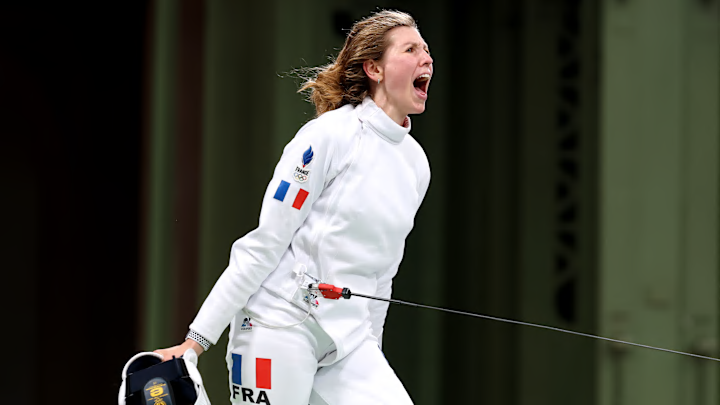Tune in to the fencing events at the 2024 Summer Olympics in Paris and you’ll notice a cable attached to the uniform of each fencer. It almost looks like a leash, as though someone’s about to yank them backward if they advance too far. But advancing toward their opponent is the whole point—and fencers aren’t in danger of falling from a great height.
So what’s the deal?
The cable is attached to what’s known as a body cord (or body wire), and it’s there to keep the score. With its needle-like blades and swift strikes, fencing is too difficult for officials to score just by watching. So electric currents conducted through strategically placed cords register each touch instead. Fencers typically run their body cord up through their jacket and down through the sleeve of their sword arm to clip it to their weapon.
In épée fencing, the target area is the whole body (head and feet included), so it’s not necessary to distinguish where the touch occurred. But it does matter in foil fencing (where the target area is just the torso) and sabre fencing (with a target area stretching from hips to head—recalling a cavalry soldier riding their horse). In those events, fencers also have to clip the cord directly to an electrically conductive jacket known as a lamé. They have a mask cord as well, which connects their lamé to an electric mask.
Electric scoring in some form or another has been a part of fencing for nearly a century. An electric épée debuted in the sport in the 1930s, an electric foil followed in the 1950s, and finally the sabre went electric in the late 1980s.
